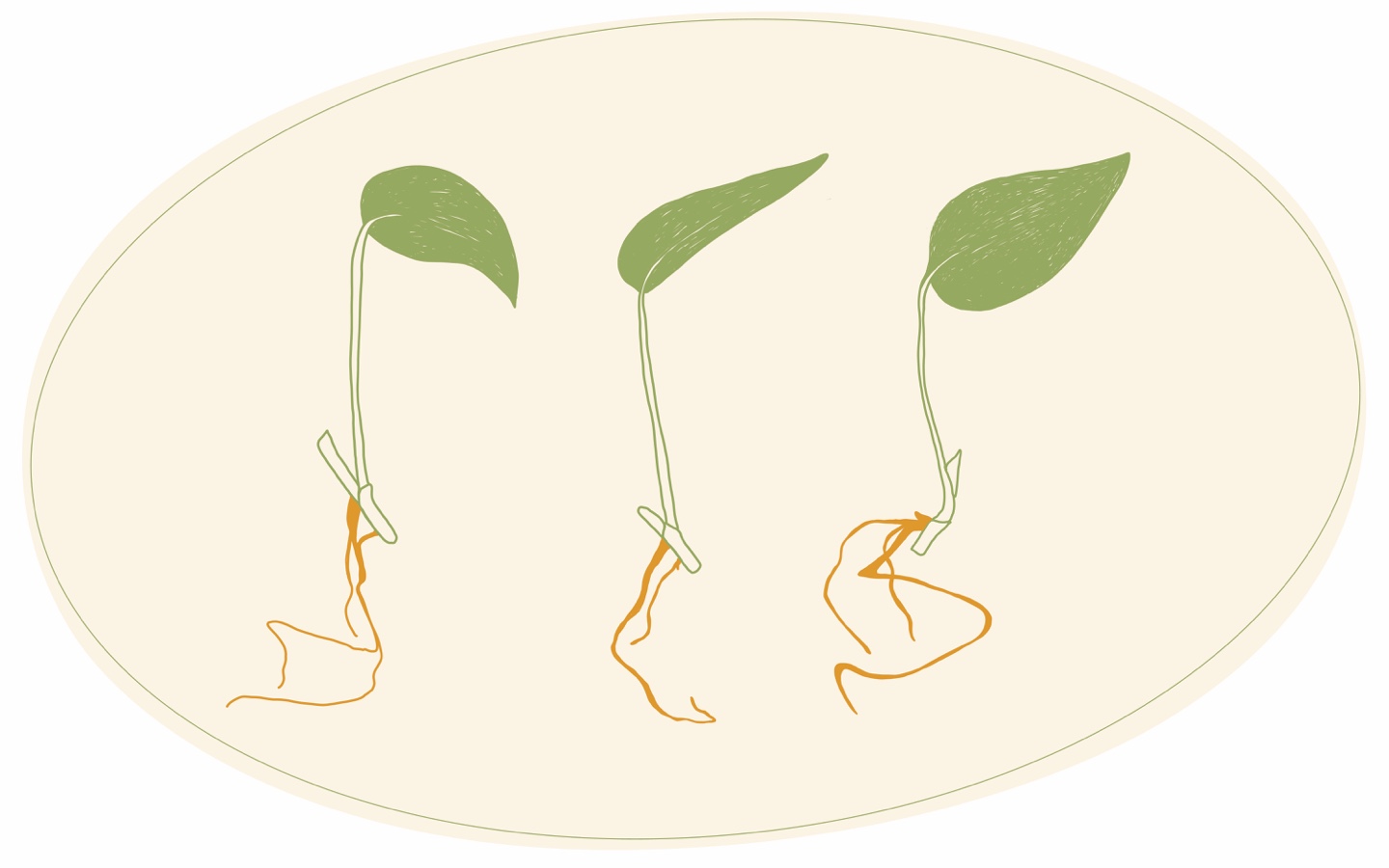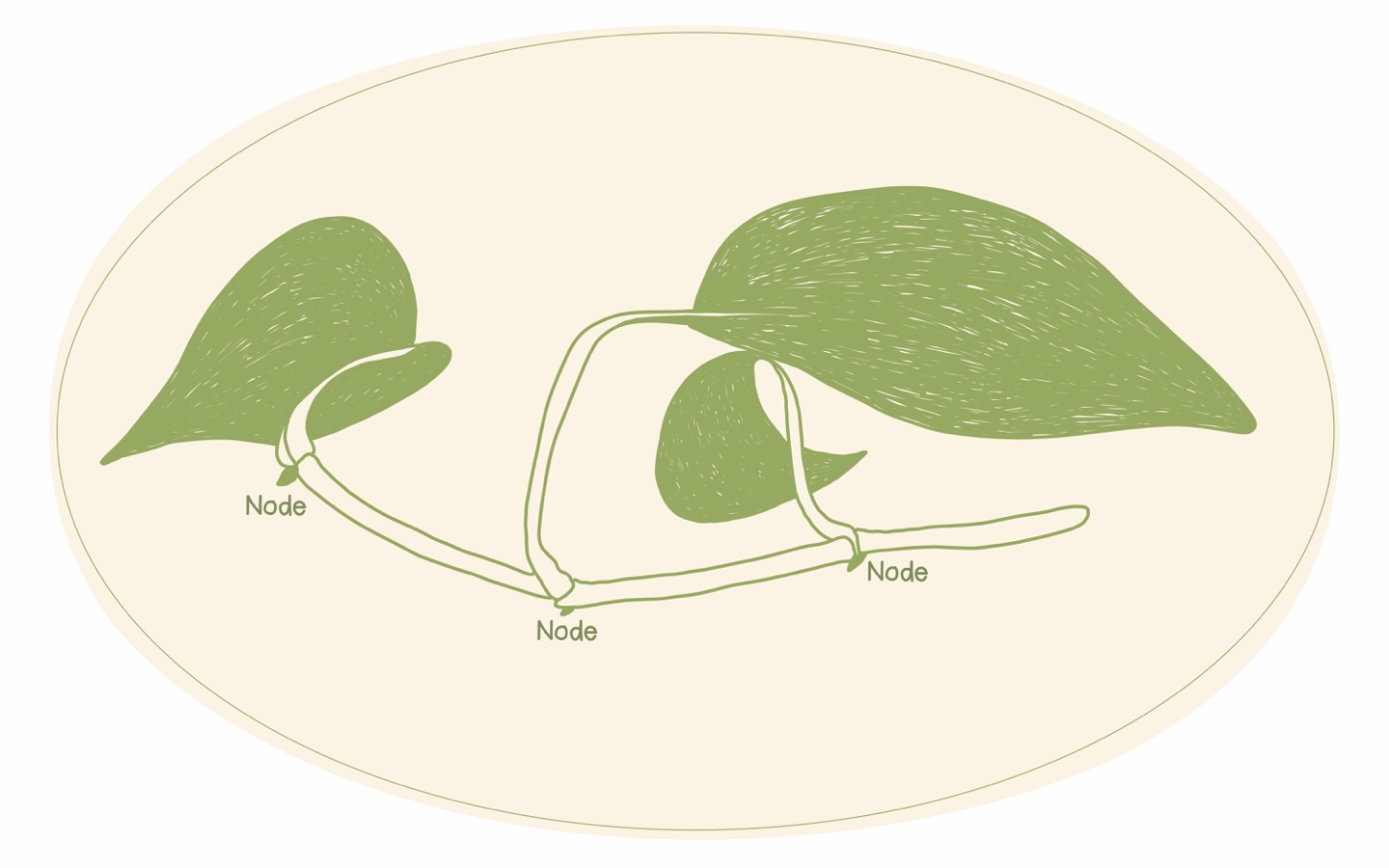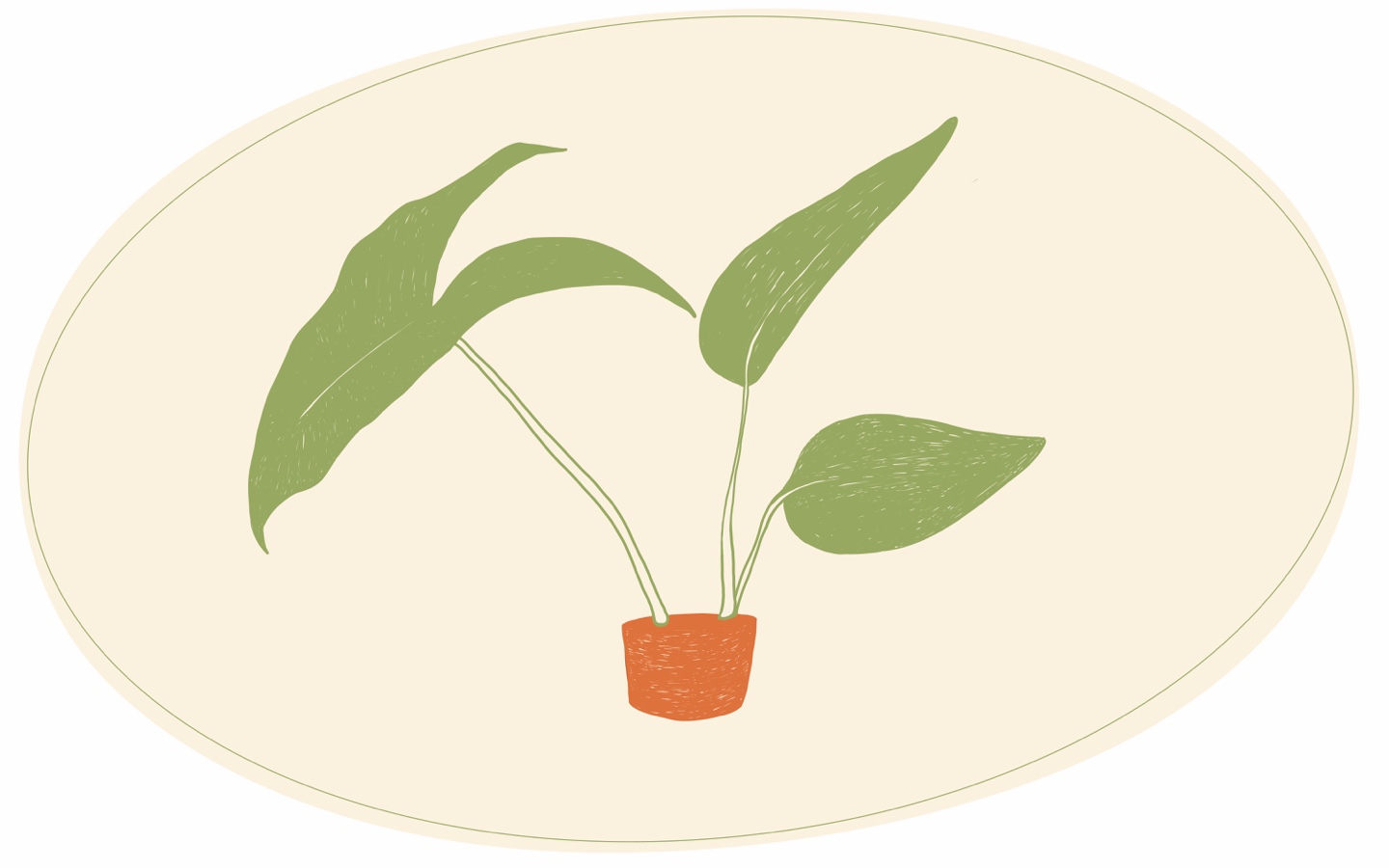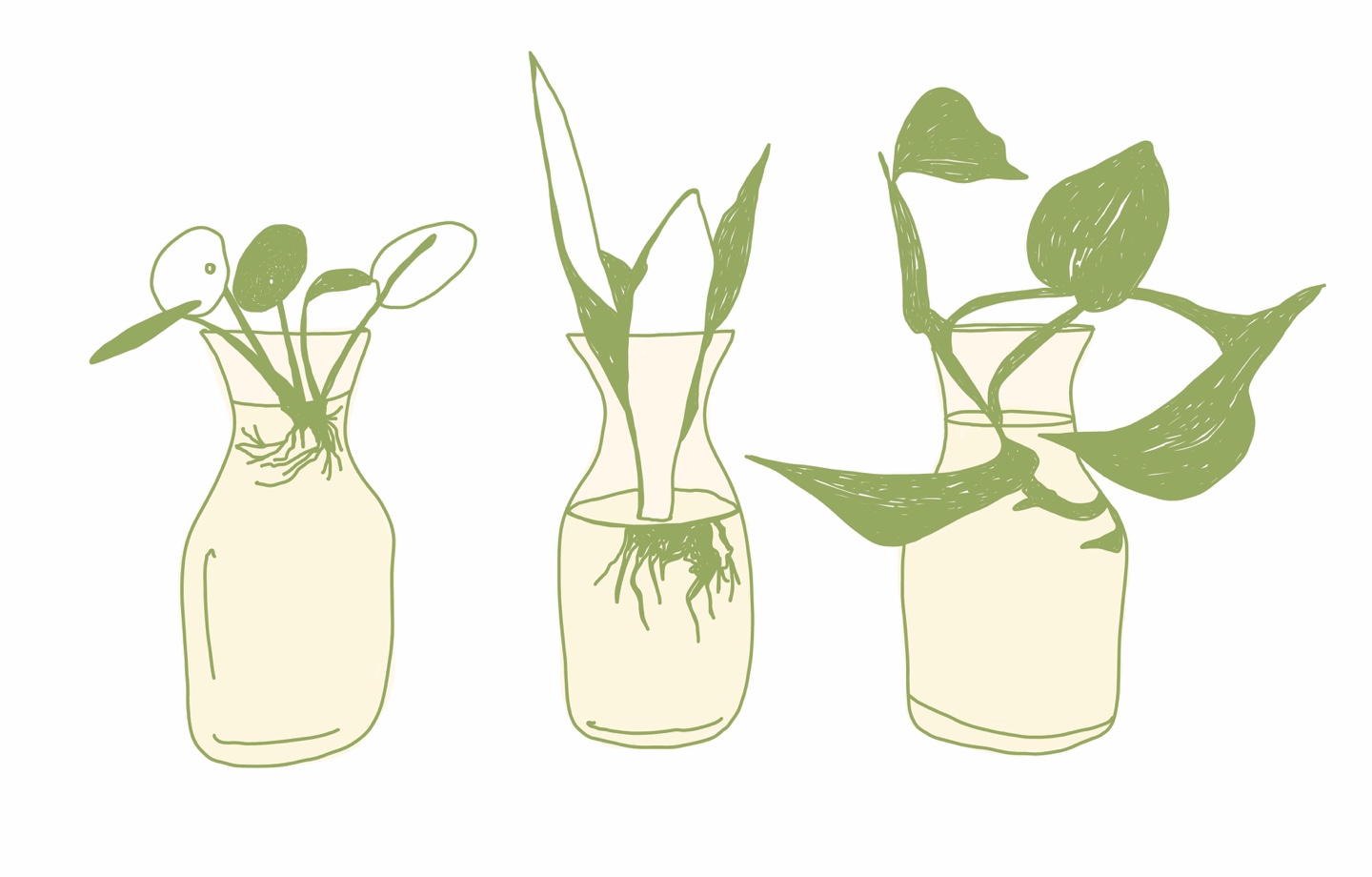Propagation is an easy and inexpensive way to fill your home with beautiful plants and greenery.
Growing a new plant from a seed can be rewarding, but there’s a drawback. It can be a long, slow process, and whether you actually see growth is a toss up. Luckily, that’s not the only way to expand your plant family. Propagation is one of the easiest and quickest methods for creating new growth from an existing plant’s root, stem, or leaf. If you haven’t tried this before — it can be daunting! I always feel like I’m taking a risk by snipping off a healthy leaf from one of my plant babies. But don’t worry — we’ve got you covered with a beginner-friendly guide on how to propagate your plants.
Read more: How to Grown Your Own Mushrooms at Home

- Some plants are better for propagation than others. Before starting out, do your research to figure out which of your existing plants do well with propagation, how to best trim them, and which potting medium will promote the most growth. I’ve learned from personal experience — failing to propagate finicky plants can be discouraging.
- Use sharp, clean scissors to cut your plant, and be sure to sterilize your cutting tool beforehand to prevent transfer of diseases from infected plants to new plants.
- If you want to trim the tip of your plant, cut a 2- to 6-inch piece of stem, including the terminal bud. Snip just below a node. If you want to trim off a section of your plant, cut just above a node, and then make a second cut just above a node 2 to 6 inches down the stem. (Again, there are many different types of cuttings. Research your plant to see where to snip!)

- Remove any leaves below the node and any flowers or flower buds. The new trimming will need all of its energy to create new roots and shoots.
- Set your trimming in water or another rooting medium deep enough to support itself. Depending on the plant, you can insert cuttings into coarse sand, vermiculite, soil, or a mixture of peat and Perlite. At least one node must be below the surface of the medium.
- Place stem and leaf cuttings in bright, indirect light.
- When a substantial amount of roots have formed, transfer your cutting into a pot with soil. These new plants can take anywhere from weeks to months to start thriving.

Once you get going, there is no limit to the plants — and even herbs — you can propagate! Some easy starters to throw in a jar of water on your windowsill are green onion, celery, and lemongrass. If you find yourself with too many new plants (it happens), giving a regrowth to a friend makes for a sweet and sustainable gift!

Shop Pillows
The Essential Organic Pillow Collection
Gentle, breathable, non-toxic support.





